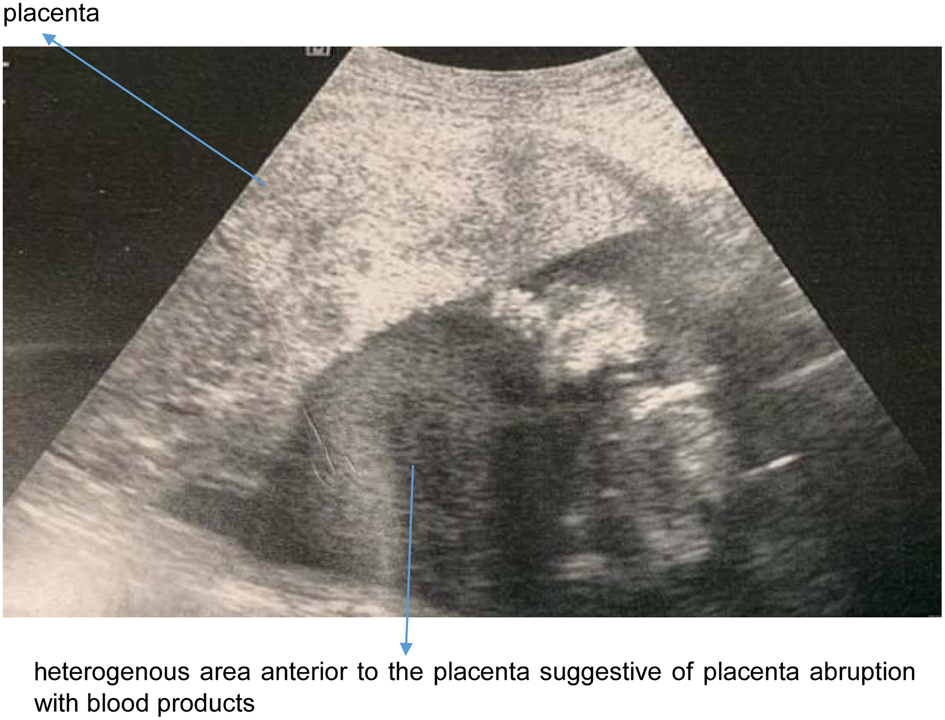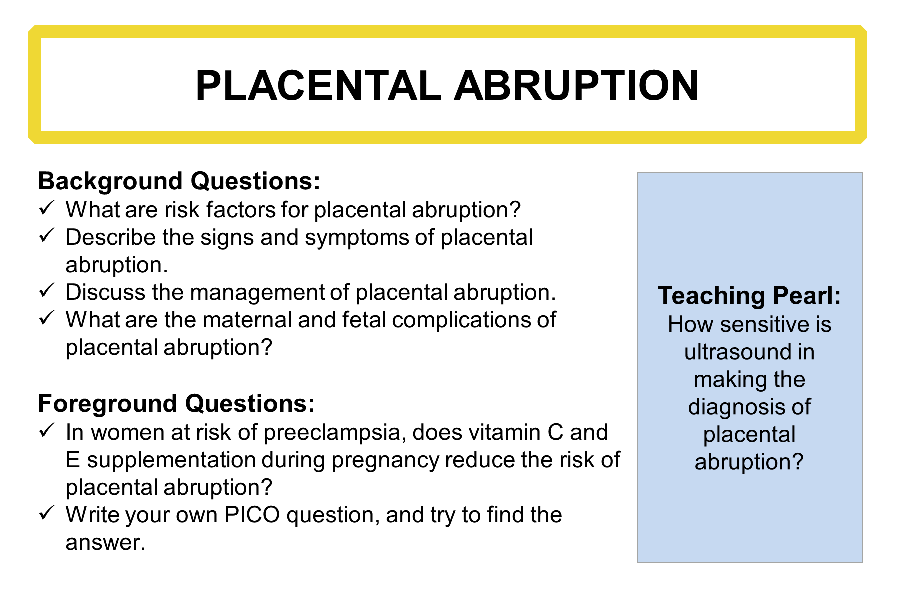Placental abruption, also known as abruptio placentae, is a serious condition that occurs during pregnancy when the placenta partially or completely separates from the inner wall of the uterus before delivery. This can lead to complications for both the mother and the baby, making it essential to understand its causes, recognize its symptoms, and explore available treatment options.

Understanding Placental Abruption
Placental abruption is a medical emergency that requires immediate attention. The placenta plays a critical role in pregnancy by providing oxygen and nutrients to the developing fetus while removing waste products. When the placenta detaches prematurely, it disrupts this vital connection, potentially endangering the lives of both the mother and the unborn child.
How Common Is Placental Abruption?
Placental abruption affects approximately 1% of all pregnancies. While it is relatively rare, it is one of the leading causes of maternal and fetal morbidity and mortality. Understanding the risk factors and warning signs can help reduce the likelihood of severe outcomes.
Causes of Placental Abruption
The exact cause of placental abruption is not always clear, but several factors are known to increase the risk of this condition. These include:
Trauma or Injury
- Abdominal Trauma: Any direct impact to the abdomen, such as from a car accident, fall, or physical assault, can cause the placenta to detach.
- Uterine Distension: Conditions like carrying multiple babies or having excess amniotic fluid can stretch the uterus excessively, increasing the risk of separation.
Maternal Health Conditions
- Hypertension: High blood pressure, whether chronic or pregnancy-induced (such as preeclampsia), is a significant risk factor.
- Smoking: Smoking during pregnancy has been linked to an increased likelihood of placental abruption.
- Substance Abuse: The use of cocaine or other illicit drugs can cause vascular changes that lead to placental detachment.
Prior History
- Previous Placental Abruption: Women who have experienced this condition in a prior pregnancy are at a higher risk of recurrence.
- Uterine Scarring: Scarring from previous surgeries, such as cesarean sections, can weaken the uterine wall and predispose it to separation.
Symptoms of Placental Abruption
Recognizing the symptoms of placental abruption is crucial for timely intervention. The severity of the symptoms often depends on the extent of placental separation. Some common signs include:
Vaginal Bleeding
Vaginal bleeding is one of the most noticeable symptoms of placental abruption. However, it is important to note that in some cases, the blood may remain trapped behind the placenta, leading to concealed bleeding without visible discharge.
Abdominal Pain
Women with placental abruption often experience sudden and intense abdominal pain. This pain may be localized or spread across the abdomen and back.
Uterine Tenderness
The uterus may feel tender or firm to the touch. This tenderness is often accompanied by frequent contractions that do not subside.
Back Pain
Severe back pain, particularly in the lower region, can indicate placental abruption. This symptom is more common in cases where the placenta detaches at the back of the uterus.
Fetal Distress
Changes in the baby’s heart rate or reduced fetal movement may signal distress caused by decreased oxygen supply due to placental separation.
Diagnosis of Placental Abruption
Diagnosing placental abruption can be challenging because the symptoms often overlap with those of other conditions. Healthcare providers rely on a combination of clinical evaluation and diagnostic tests to confirm the diagnosis.
Physical Examination
A thorough physical examination is the first step in diagnosing placental abruption. The healthcare provider will assess the mother’s vital signs, check for uterine tenderness, and evaluate any vaginal bleeding.
Ultrasound Imaging
An ultrasound is typically performed to visualize the placenta and determine whether separation has occurred. However, it is important to note that ultrasounds may not always detect minor separations.
Fetal Monitoring
Continuous monitoring of the baby’s heart rate helps identify signs of distress. Abnormal patterns may suggest compromised oxygen supply due to placental abruption.
Blood Tests
Blood tests may be conducted to check for anemia or clotting disorders, which can occur as a result of significant blood loss.
Treatment Options for Placental Abruption
The treatment approach for placental abruption depends on the severity of the condition, the gestational age of the fetus, and the overall health of the mother. Immediate medical intervention is critical to ensure the best possible outcome.
Mild Cases
In cases where the separation is partial and the mother and baby are stable, the healthcare provider may recommend close monitoring and bed rest. Frequent check-ups and ultrasounds are essential to track the progression of the condition.
Severe Cases
For severe cases involving significant bleeding or fetal distress, prompt delivery is usually necessary. The method of delivery—vaginal or cesarean—depends on various factors, including the stage of pregnancy and the mother’s condition.
Management of Maternal Complications
If the mother experiences heavy bleeding, blood transfusions may be required to stabilize her condition. In some cases, medications may be administered to manage high blood pressure or prevent premature labor.
Post-Delivery Care
After delivery, the mother may require additional care to address complications such as postpartum hemorrhage or infection. Emotional support is also crucial, as the experience can be traumatic for both parents.
Preventing Placental Abruption
While it is not always possible to prevent placental abruption, certain measures can help reduce the risk:
- Regular Prenatal Care: Attending all scheduled prenatal appointments allows healthcare providers to monitor the pregnancy closely and address potential issues early.
- Managing Chronic Conditions: Keeping conditions like hypertension under control can lower the risk of complications.
- Avoiding Harmful Substances: Refraining from smoking, alcohol, and drug use during pregnancy is essential for the health of both the mother and the baby.
- Protecting Against Trauma: Taking precautions to avoid falls or accidents can help safeguard against abdominal injuries.
When to Seek Medical Attention
Any pregnant woman experiencing symptoms of placental abruption should seek medical attention immediately. Early intervention can make a significant difference in the outcome for both the mother and the baby. Do not delay seeking help if you notice:
- Vaginal bleeding
- Severe abdominal or back pain
- Decreased fetal movement
- Signs of shock, such as dizziness or rapid heartbeat
Emotional and Psychological Support
Experiencing placental abruption can be emotionally taxing for expectant parents. It is important to seek support from loved ones, healthcare providers, or mental health professionals to cope with the stress and anxiety associated with this condition.
Support Groups
Joining support groups for parents who have faced similar challenges can provide a sense of community and understanding. Sharing experiences and advice can help alleviate feelings of isolation.
Counseling Services
Professional counseling can help individuals process their emotions and develop coping strategies. Therapists specializing in perinatal mental health can offer tailored guidance.
Final Thoughts
Placental abruption is a complex and potentially life-threatening condition that requires immediate medical attention. By understanding its causes, recognizing its symptoms, and exploring treatment options, expectant parents and healthcare providers can work together to ensure the best possible outcome.





